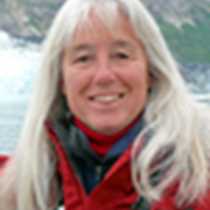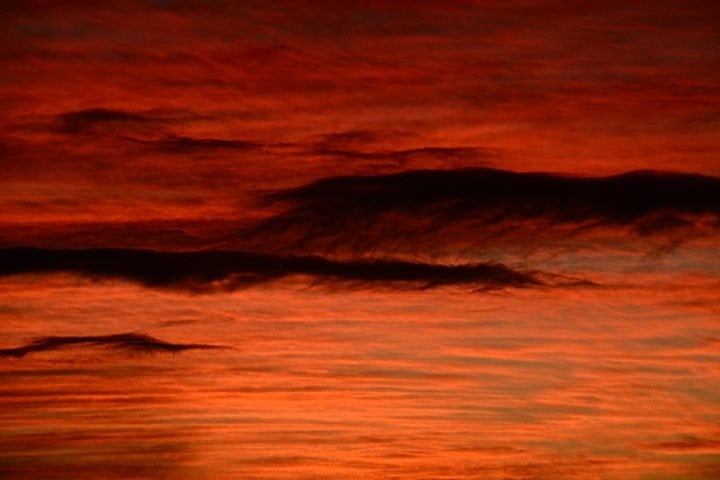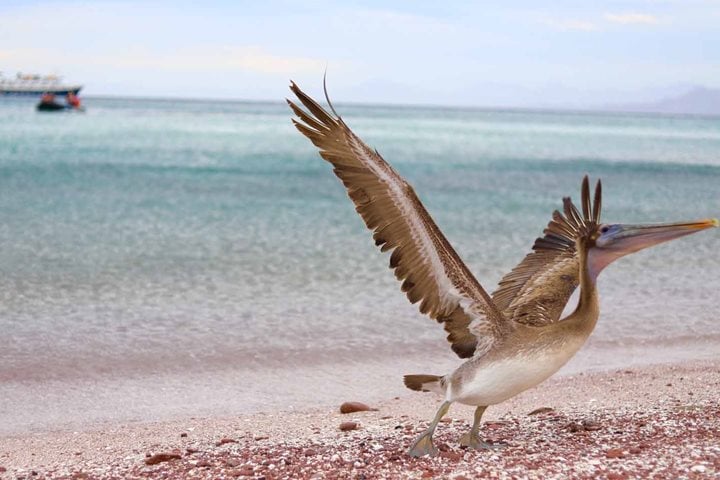National Geographic Sea Bird weighed anchor at 0630 hours (Yes! "Expedition time!”) to take advantage of fair winds and following seas. The 0700 light exercise class had even more people in it than yesterday. Yesterday's snorkeling and hiking will do that to you. Michelle was very kind and kept the routines close to the deck.
As we crossed to the west we joined David in the lounge for a talk on the local tectonic forces that created our incredible vistas, and we continued our search for marine life.
Late in the morning groups with varying interests/speeds hit the beach for a couple hours of hiking. This is when the naturalists are in their element. Their trained eyes readily pick out the most fascinating (and oftentimes tiny) flora and fauna along the way. A variety of birds, tracks and scats, cacti, and other vegetation were of interest.
After lunch we got the pre-afternoon activities briefing. You know the drill: snorkeling (you lose track of time), kayaking (how fast can you go?), aaaand, for the first time ever on National Geographic Sea Bird, SUP (stand-up paddleboarding!). The demand for paddleboards was intense. But once on the board, peace prevailed, if only because everyone was wholly focused on not falling.
Pleasantly exhausted from our efforts, the hors d'oeuvres and "punch" that Kyle set up on the beach for our solstice celebration were much appreciated as the sun set on this most beautiful shortest day of the year. Around the bonfire (thank you, Eric), Lee gave an explanation of celestial mechanics (complete with 23.5 degree inclination towards the fire pit), and then we all celebrated the change in seasons and lengthening daylight by writing wishes or “grumps” on pieces of paper and throwing them into the fire. David completed the evening by retelling the legend from the Pacific Northwest coast native tribes of how the sun, the moon, and the stars came to be.









